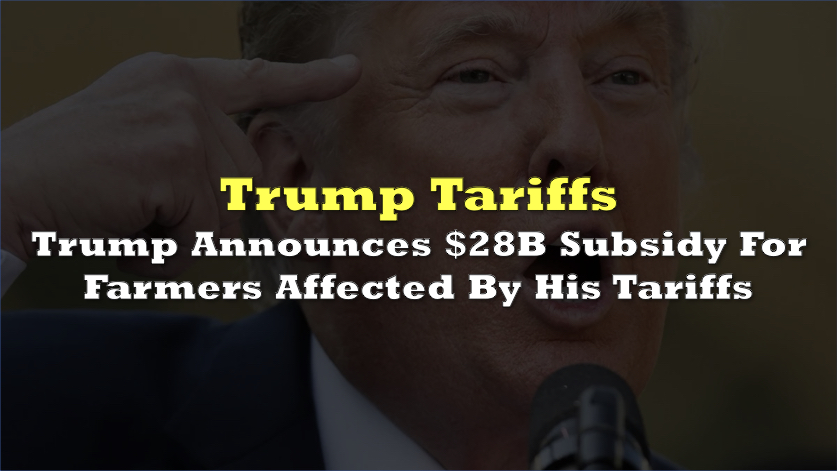Brazil is making significant progress opening new export markets for its beef industry, with Japan moving closer to approving imports from the world’s largest beef exporter after two decades of negotiations, even as punitive US tariffs have effectively shut Brazilian producers out of American markets.
Japanese officials conducted on-site audits of Brazilian beef facilities in June as part of final evaluations to open the Japanese market, Brazil’s Agriculture Ministry confirmed. The breakthrough comes after Brazilian President Luiz Inácio Lula da Silva’s state visit to Tokyo in March, where Japanese Prime Minister Shigeru Ishiba proposed accelerating market access talks.
The timing is crucial for Brazil’s $1.4 billion annual beef export industry to the United States, which faces devastating losses from President Donald Trump’s 50% tariff on Brazilian products that took effect in early August. The tariff, imposed over political disputes rather than trade issues, is expected to cost Brazilian meatpackers at least $1 billion in the second half of 2025.
Japan and Brazil, both fed up with the United States, are looking to begin trading beef with each other for the first time in history.
— Spencer Hakimian (@SpencerHakimian) August 7, 2025
America First = America Last. pic.twitter.com/gV1ucFIoEX
“There are no longer any sanitary issues in Brazil,” said Roberto Perosa, president of the Brazilian Association of Beef Exporters, pointing to the country’s foot-and-mouth disease-free status achieved in May 2024.
Japan imports approximately $4 billion worth of beef annually, with 80% currently coming from the United States and Australia. Access to Brazilian beef would diversify Japan’s supply sources and reduce its reliance on these traditional partners amid shifting global trade dynamics.
Initial Japanese approval is expected to cover only three southern Brazilian states — Rio Grande do Sul, Paraná, and Santa Catarina — representing less than 4% of Brazil’s total beef export volume. These states achieved foot-and-mouth disease-free status earlier than other regions.
The development highlights Brazil’s broader strategy to diversify export markets and build alliances with other major economies facing US pressure. China already accounts for 46% of Brazilian beef exports, making it the country’s largest market.
“We know talks are difficult,” said Paulo Mustefaga, head of beef lobbying group Abrafrigo. “The surprise for us is that this is now moving towards approval for only three states.”
Brazilian President Lula spoke Thursday with Indian Prime Minister Narendra Modi, who faces similar 50% US tariffs over India’s purchases of Russian oil. The leaders discussed coordinating a joint BRICS response to what Lula called Trump’s attempt to “dismantle multilateralism” and replace it with unilateral negotiations.
“Brazil and India are, to date, the two countries most affected” by Trump’s tariffs, Lula’s office said. The leaders reaffirmed their goal of boosting bilateral trade to over $20 billion annually by 2030, up from roughly $12 billion last year.
Brazil’s diplomatic push extends beyond individual trade deals. Lula has proposed a BRICS summit to coordinate responses to US tariffs, with the group of major emerging economies now surpassing the G7 in combined GDP. Modi is also preparing for his first visit to China in more than seven years, suggesting broader diplomatic realignments as emerging economies seek alternatives to US-dominated trade relationships.
US cattle producers have welcomed the tariffs on Brazilian beef, citing concerns over Brazil’s animal health reporting and the impact of cheap imports on domestic ranchers. Brazil had been the fifth-largest source of foreign beef for the US market.
The Japanese market opening would be a significant diplomatic and commercial victory for Brazil, which has been negotiating beef access to Japan since the early 2000s. Japan’s Ministry of Agriculture said it is “conducting a risk assessment in accordance with Japanese procedures” ahead of issuing export permits.
Information for this story was found via Reuters, and the sources and companies mentioned. The author has no securities or affiliations related to the organizations discussed. Not a recommendation to buy or sell. Always do additional research and consult a professional before purchasing a security. The author holds no licenses.









